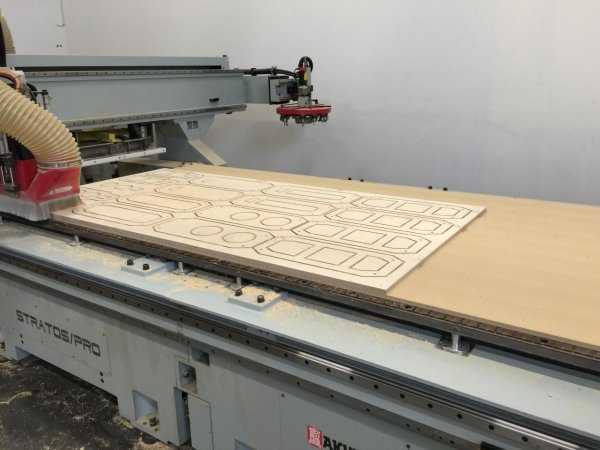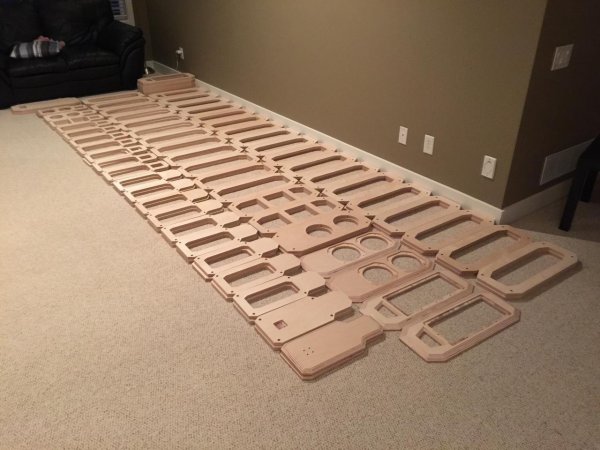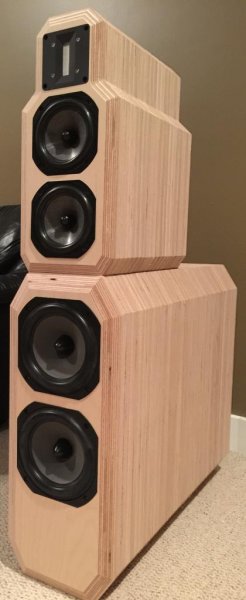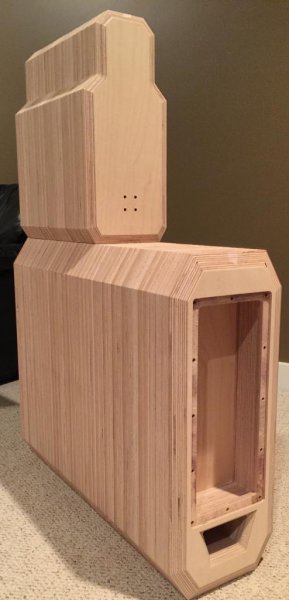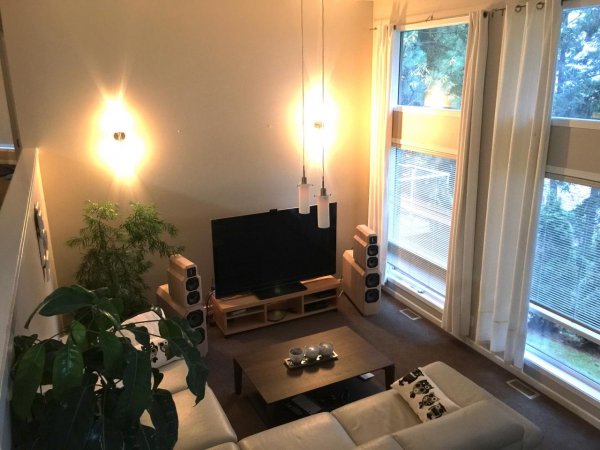I use symmetrical 2 octave digital crossovers for 2 subs and my full range speakers. So it's a four channel system for stereo playback. I own and have used both Audiolense and Acourate. I've also used Dirac in the past, but don't use it anymore.
The issues you will run into have to do with hardware/software ASIO interface. I'm not going into it here because it's not important. But if you are really are serious, talk to Uli and you will get very good info about the requirements needed.
Btw, there are differing opinions about whether speakers can be measured in normal rooms quasi anechoic. I think Uli would give you a different opinion than me. But if we are talking "best practices", the actual driver measurements will be lower resolution in a normal room because you will need to window the impulse before the first reflection due to lack of real estate.
Please understand, I'm not talking about the measurement at seated position. That's a different type of measurement and different filters are needed for those types of measurements. I'm just talking about driver linearization. Driver linearization and crossovers have to be done in an optimal way which takes into account the driver polar response over frequency range and cabinet/baffle effects (eg. Baffle step effect and diffraction).
I went on the Acourate forum and found the only feedback on the Merging Hapi being used with Acourate:
"Hi,
I am using Hapi in my system since this summer. After first few days of
struggle, it has been very stable. I think it gives better sound than
RME AES32.
The music signals (2 to 6ch) from my transports go to Hapi via AES/EBU,
and then to my convolution PC via eathernet/DELL switch/eathernet. After
convolution by Acourate Convolver, the signals (6ch) are sent back to
Hapi via the same route. Then Hapi sends the front two channel signals
to my DAC via AES/EBU, and another four channel signals (two subwoofer
signals and two rear signals) are converted to analog in the DAC card of
Hapi.
I tried Jriver in the above convolution PC, but failed. If you skip AC,
Jriver works fine. If you want convolution, then AC refuses connection
with Hapi. AC does not wait for Hapi's response, but Jriver can wait for
long enough time.
Therefore currently I use Jriver in Mac mini in the same Ravenna
network. Mac mini sends signals to the convolution PC via eathernet as
above, and everything works fine as above."
Doesn't sound like too much of an issue to me. Sound more like a Window's Jriver glitch. Who knows they probably sorted it out by now anyways. A new version of Jriver was released since. Besides Jriver isn't the only media player software out there.
It also seems like a pretty unorthodox method he's using with the Hapi. I wonder what he's using for transports that he's routing through the Hapi? Sounds like he's just trying to utilize other gear he already had. Would probably be better off keeping it simple and just using Jriver as the media player, the Hapi as the DAC, and taking his transports out of the picture.
Last edited:


